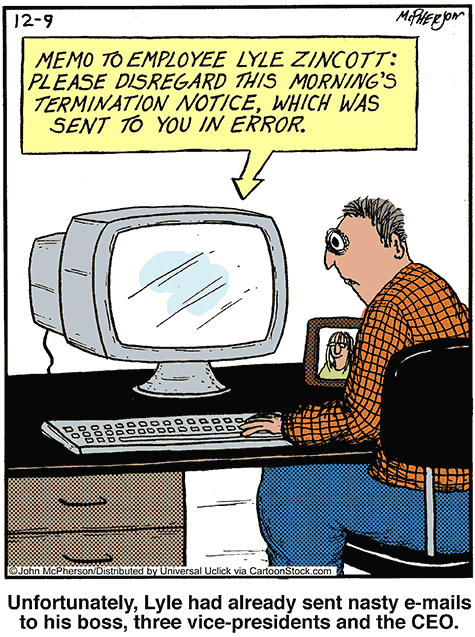Use These 5 Meeting Types to Improve Your Communication with Freelancers

As your business grows, you have two routes you can take when it comes to staffing: you can hire employees or you can work with freelancers.
Many businesses are realizing the benefits of hiring remote employees and freelancers, rather than hiring in-house employees.
However, managing a team of freelancers can have its own challenges. Communication and clear direction are key to ensuring the team understand their roles, responsibilities, goals and how to escalate problems.
You also need to ensure your in-house team understand the project and how they will work with the freelancers you hire.
Regular, structured meetings and open lines of communication help ensure everything stays on track. Through each stage of the project lifecycle, diarize key meetings and ensure resulting actions and queries are followed up on.
Freelancers often work remotely in different countries with different time zones and cultures. Online meeting solutions as well as cloud based project management tools mean there’s no excuses for not communicating effectively wherever you are.
Here are some of the key meetings to schedule and some important tips for getting the most out of your freelancer’s skills:
#1 – Strategic Planning Meeting
Before you hire your first freelancer, start documenting and building their processes into your business. Meet with any other key stakeholders and go through what it is your business really needs delivered.
If you hire before you have job descriptions and duties planned out, you could end up wasting a lot of time and a lot of money. After building out a strategy, have someone create a list of tasks or projects the freelancers will be working on and clearly document the procedures that you want them to follow while fulfilling those tasks. This will make their job easier and your job of getting them to complete those tasks far less stressful.
Create instructions that are clear and concise so new hires can get going as quickly as possible. This tactic can help you avoid investing a lot of time in training. This way, freelancers will have something to refer back to in case you aren’t immediately around to answer their questions. Hopefully, they can carry on with a task rather than stalling a project, even if it’s just for a few hours.
#2 – Candidate Selection Meetings and Interviews
There’s a saying that gets repeated on Shark Tank quite a bit: hire quick, fire quicker.
Hiring can be tricky and if you have received written applications, it’s not always easy to really get a handle on someone’s personality. Scheduling a quick interview will allow you and your management team get a better feel of your freelancer’s personality and whether they’ll be the right fit for your company.
It doesn’t have to be face to face, just ten minutes on the phone or a video call can give you an idea of whether someone is a good fit and it will also set their mind at ease that this is a genuine opportunity with a professional business. It’s worth the investment for both you and them.
There are a lot of scam jobs floating around the internet and a freelancer will be far more committed if they know the opportunity is real and they are actually going to get paid for their work at the end of it.
Once you have chosen a few top contenders for a position, meet with your internal team to select the right candidate for the role.
#3 – Kick Off Meeting
Make sure that your freelancers know exactly what you want them to accomplish and the budget that you have set aside for the project.
After you have been through the interview process and chosen freelancers you feel are a fit, schedule a kick off meeting. Ask your freelancer to read through their duties, scope of work and your expectations in advance. Use the scheduled meeting time to go through any questions they have and fill in any blanks. It should be a structured ‘getting to know you’ about both them and the project or job role.
Set clear deadlines, the materials they have available to work with, and the deliverables you’ll expect to receive.
Think about whether the scope of the work will change over time. If that happens, you will still need to pay for the original project along with any increase that happened as a result of the scope changing. Ensure you factor this into your budget and there are clear channels for recording and communicating changes.
#4 – Project Status Update
Just because your team isn’t together in one place and possibly scattered across the world, it doesn’t mean you can’t bring them together for regular status meetings and motivation. It’s important to have a sense of team, even if most of the team are freelancers and this is just one project for them.
Depending on the size of your team and where they’re located, you can use different video chat software to get everyone involved on a live video feed. The online meeting software will make everyone feel as if they are in the same room and hopefully help avoid any awkward silences.
To maximize time efficiency, particularly when paying your freelancers hourly, your team meetings need to be organized and productive. Proper roles should be assigned and a clear-cut agenda established with time allocations.
It is also a good idea to have a formalized way of recording meeting notes and action items for the project. Many meeting software programs also allow for the audio to be recorded to help with this task. Don’t forget to plan how the notes will be shared amongst the team so people can follow up on their deliverables.
#5 – Stakeholder Meetings
You will need to make sure every member of your team understands which freelancers are reporting to them, which stakeholders they may meet with, and what their responsibilities are. You want to ensure everyone is on the same page to avoid any mixed messages that might lead to creeping scope or extra costs.
You should have your freelancers accurately report their time and ensure that you’re holding them accountable to the work you expect them to do.
Make it crystal clear to the freelancer which stakeholders they will meet with along the way and their roles. This will help them present the work they’ve done so far while understanding what is important to each stakeholder.
Additionally, let the freelancer know who they will be reporting to so you don’t have other team members stacking work on them that may be outside of the project scope. You don’t want any nasty budgetary surprises or anything not delivered because of a communication mix up.
Ready To Grow Your Team?
Building your business with a team of freelancers can be a great way to grow without the expense and commitment of in-house employees. Freelancers can also be a great solution when you need specific expertise in the short to medium term.
Using the meetings above will make managing your team of freelancers significantly easier and hopefully stop miscommunications and slip ups, allowing your business to be effective and successful.



